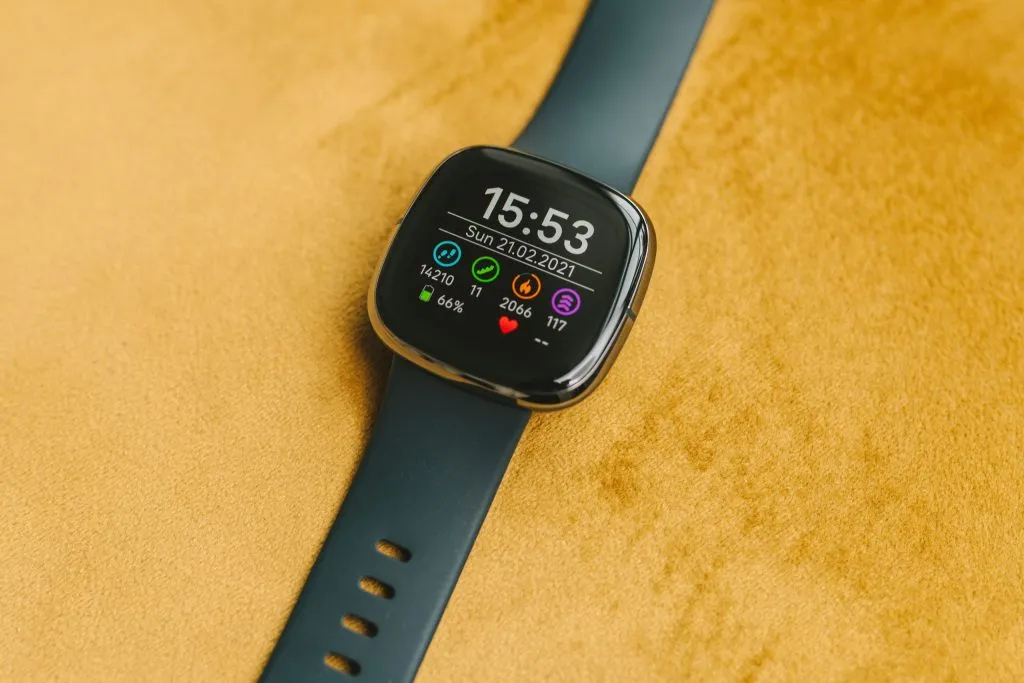Welcome back to Gear Review; we will be discussing my review of the Fitbit Sense. I recently received the Fitbit Sense, it may look pretty similar to the Fitbit Versa, but this device is sleeker. The appearance of the Fitbit Sense has become more watch-like over the last couple of years. It now includes an electrocardiogram (ECG), SpO2, which measures the amount of oxygen affixed to the blood within the circulatory system, body temperature, and breathing measurements. In addition, the device has haptic touch, a touch-sensitive feature that vibrates before going into water, which I thought was pretty neat. After starting up the device, I began the user-friendly set-up, which took less than five minutes. Ultimately, it has an excellent interface but has a little lag and a hefty price tag.
Once I had the watch set up, I wanted to test the water resistance. I first tested the device by swimming to experience what it had to offer. Unfortunately, it will not display the heart rate nor tell you how many laps you’ve completed, both which are necessary. It will only display SpO2 levels. Once I finished my swim, I pressed the haptic touch, which shook off all the water and was good to go. In the next few days, I tried using the exercise feature, but there were some errors in the heart rate spikes (as shown in the photo below) that could be from the fitting on my wrist or sweat. After that, I wanted to try out the EKG system, which wasn’t too bad, but it wasn’t as appealing as the one on the Apple Watch.
The next feature I wanted to highlight was the EDA sensor, a sensor designed to measure the perspiration of your hands and wrist, which can be a marker for stress. As you can see, my EDA was a little high last week, but to understand what might be causing these high stress levels, I would need to subscribe to the premium feature. The EDA system is an excellent way to monitor your stress and find cues to understand why you become stressed. The system also keeps a log, which allows you to look back and review your stress levels and heart rate. That can contribute a significant role in managing heart health. The next feature I wanted to try was the sleep feature, which I was initially skeptical about due to reports of users experiencing a burning sensation from wearing it overnight. Still, I tried it and wore the watch to capture my sleep stages to see where I was during the night. I thought it wasn’t too bad, but I felt that there might be more metrics for calculating this sleep stage by including heart rate values.
All in all, with the amount of features it has, I believe the Fitbit Sense might be worth taking a look at. The downside to this device is that the subscription model acts as a barrier to gaining access to its full potential. It may shy people away from accessing the details of why they may be stressed, as well as techniques that may help them relieve stress. While I enjoy the aesthetic of the watch, I was only able to access 90% of the features. I recommend trying it out because it allows you to do everything that the Apple Watch does, but the subscription may cost you more than the watch. Next month, we will be looking at another device, the Whoop. Thank you all for taking the time to read this blog. See you next month!



